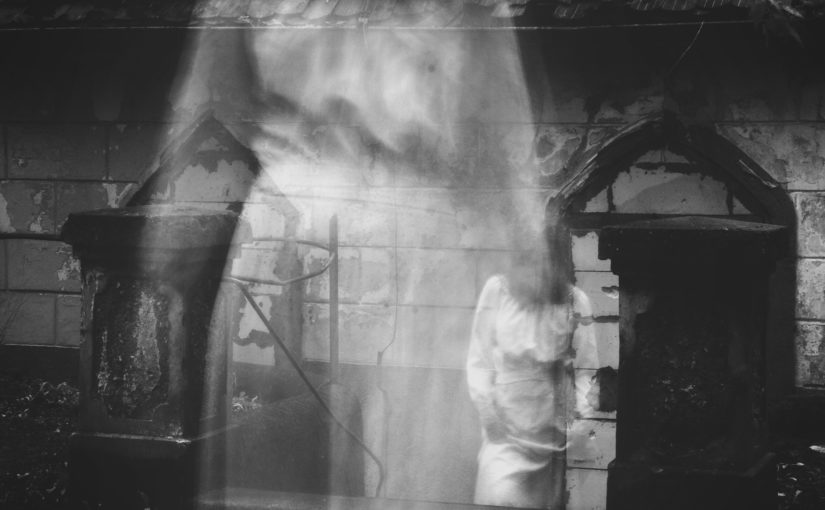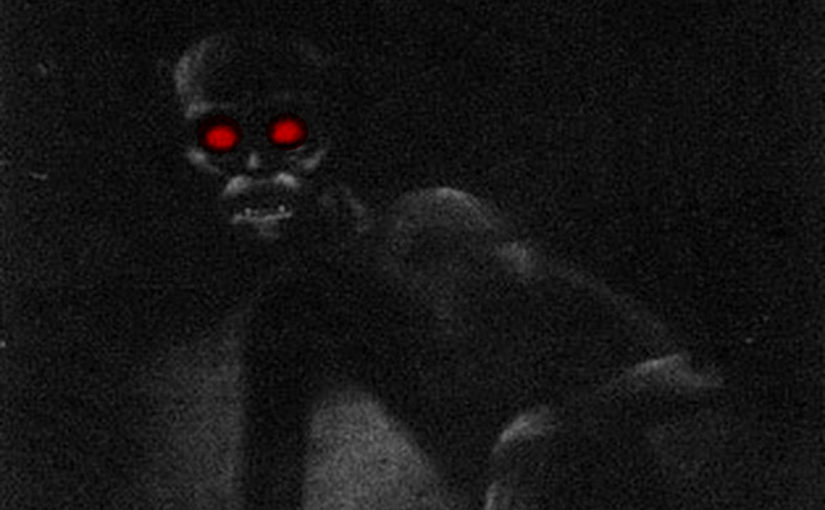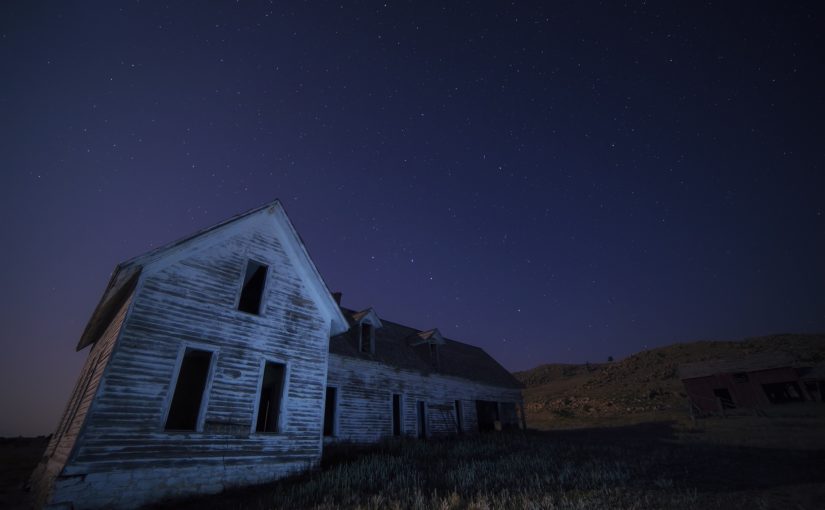As Retold by Bekah Ferguson
(3 min read)
The historic Irish community of Griffintown, Montreal, was once located near the Lachine Canal. It was a neighbourhood not unlike any other 19th century industrial slum: filled with stables and taverns, flour mills and smelting works, warehouses, drifters, labourers and families. But on June 27, 1879, the town gained a gruesome notoriety that lives on to this very day, even as the buildings have long since dissipated. On that ill-fated day, a pair of sex workers—Mary Gallagher and Suzy Kennedy—brought a newly acquainted client—one Michael Flanagan—back to Suzy’s second-floor flat for some early morning drinking.
On all accounts it appeared to be nothing more than three drunken companions sharing a bottle of whiskey, until a few hours later when tenants below heard a sudden thud. Next came thwacking so forceful that the plastered ceiling above them cracked; dusty bits and chunks of plaster falling down on them. A female voice above said, “I’ve wanted revenge for a long time, and I finally got it,” as a crimson stain appeared, spreading across the ceiling as blood dripped from the cracks.
When the police arrived, a crowd of onlookers were already swarming the front of the apartment building; everyone eager to see what had happened. Inside Suzy’s flat, they found Mary’s body lying prostrate on the floor in a thin cotton gown—both her head and one severed hand in a wash bucket nearby. Suzy’s own clothes were covered in blood but she said it was simply because she’d slipped and fallen in the gore. Her claim was that while she and Flanagan dozed in the front room, an unknown man—some sea captain—had entered the flat and had an argument with Mary, calling her an “old grey-haired rot.” Suzy said he was the murderer and that she’d seen him washing blood from his hands before leaving.
No one believed her. The police found a hatchet belonging to Suzy in the apartment—covered in Mary’s blood and hair. Kennedy was charged and sentenced to hang, while Flanagan was released. Suzy’s death sentence was commuted, however, and she went to Kingston Penitentiary for sixteen years instead. In a remarkable coincidence, on December 5th, the date in which Suzy had been set to hang, Flanagan lost his footing aboard a boat in the Peel Basin, fell through the ice, and drowned.
As legend would have it, the headless ghost of Mary Gallagher soon began appearing on William Street in Griffintown (near the building where she was murdered) seemingly in search of her head. Children were warned to avoid that particular street after dark. In time, the two-storey apartment building was demolished and the area re-zoned. Sightings of Mary grew less and less frequent, until she was only thought to appear once every seven years, on the anniversary of her death.

Sources:









